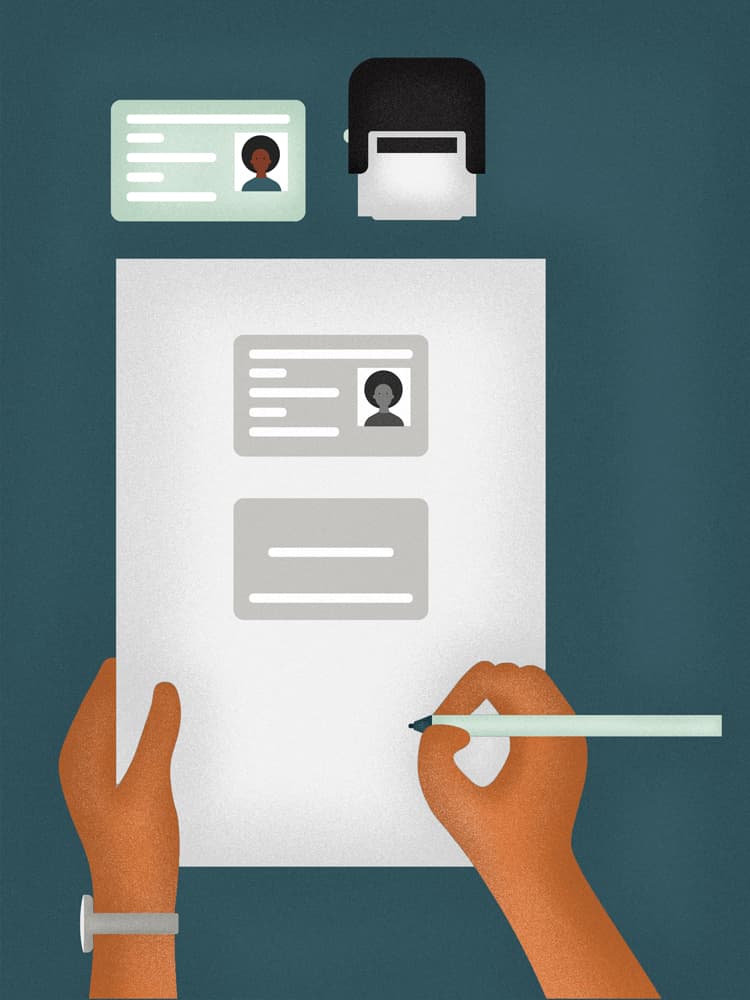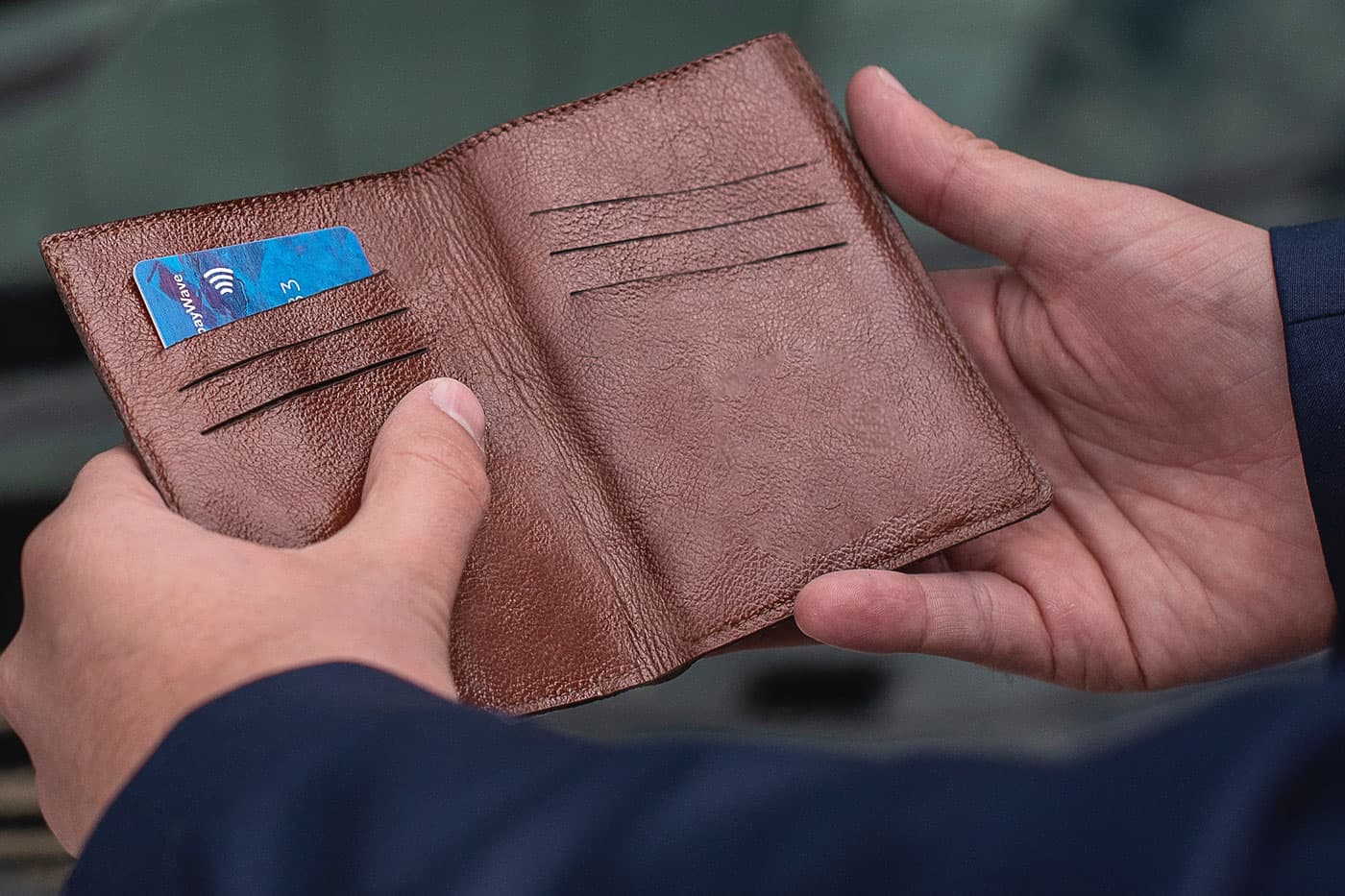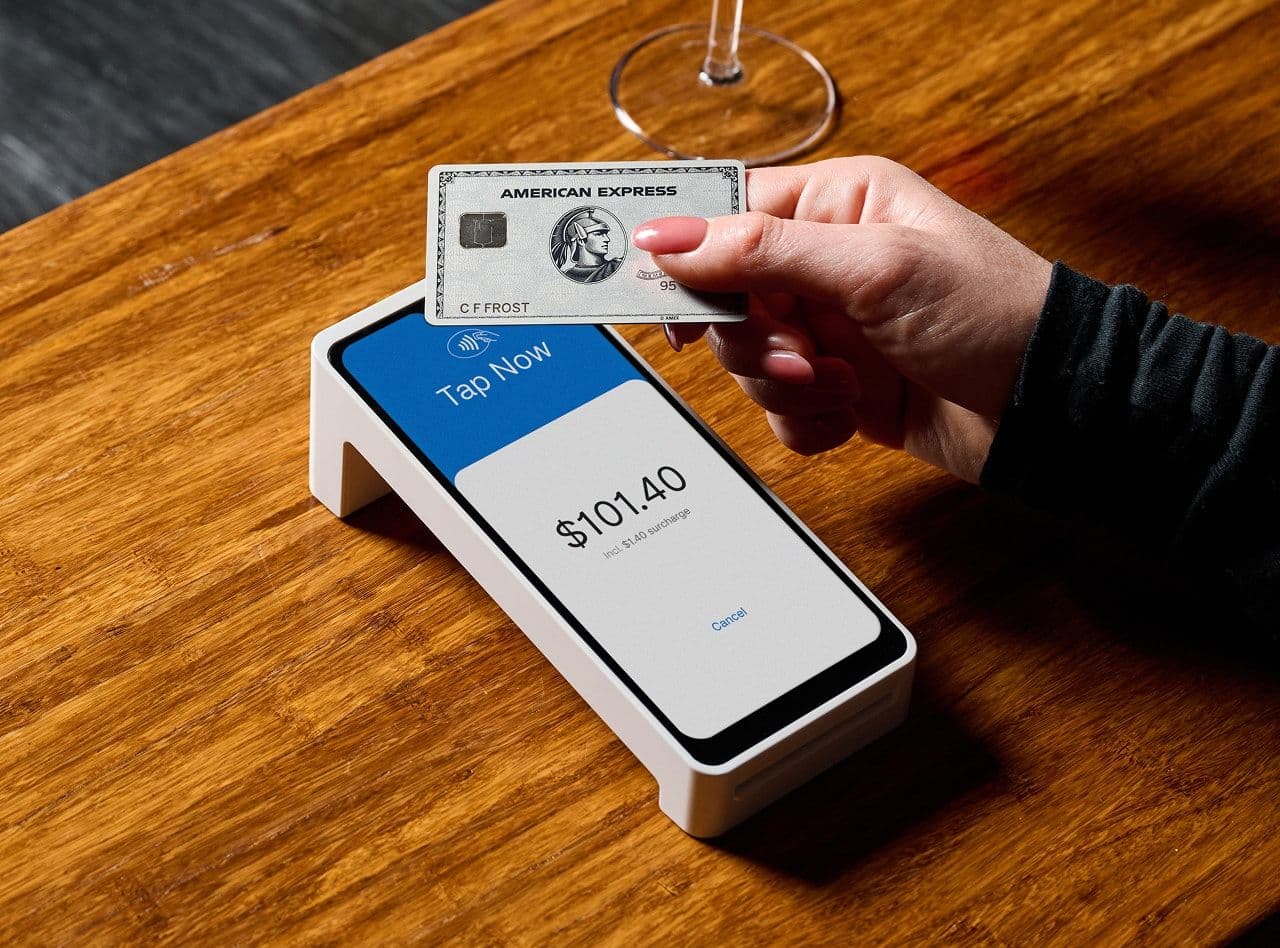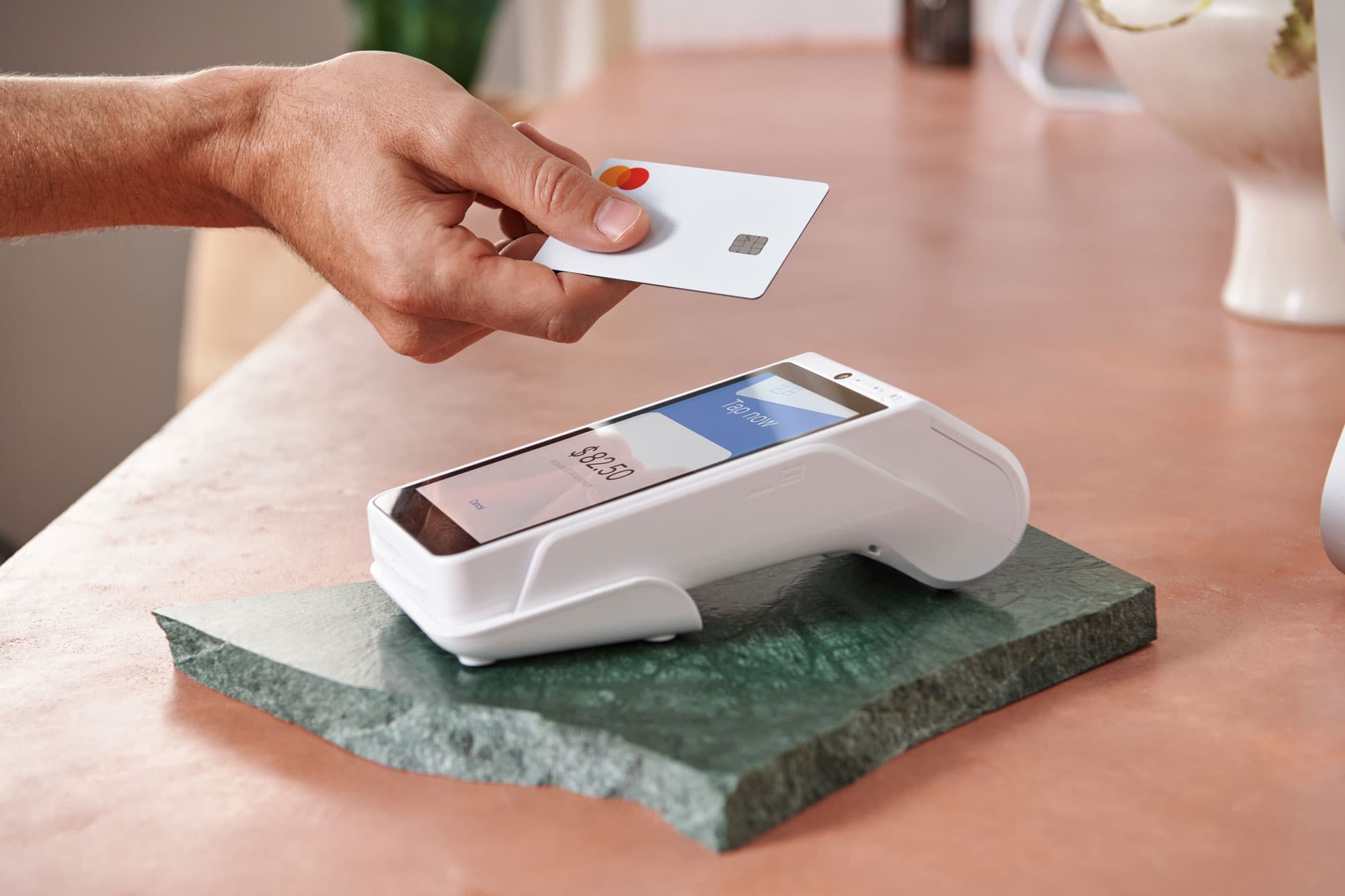
- Business Growth & Optimisation
How to Get Your Documents Certified
Straightforward instructions to get your documents certified.
The process of getting a document certified is simple. It’s something that’s usually required when you apply for things like a visa, citizenship, and University degree, as well as a marriage certificate. For this reason, it’s likely a process you will go through a number of times.
The step-by-step guide below will ensure that getting your documents certified is as straightforward and seamless as possible.
What is a certified copy?
A certified copy is a document that has been verified as being a true copy of the original, such as a driver’s license, birth certificate or passport. Certified copy status can only be gained by having your original document certified by an authorised person, such as a legal or medical practitioner.
In simplest terms, a certified document is a copy of an important document that has been certified as being a true copy of the original by an accompanying endorsement or certificate. It’s important to note that this endorsement does not certify that the primary document is genuine, only that it is a true copy of the primary document.
What type of documents need certification?
There are a vast assortment of documents that typically require certification. Depending You might be asked to provide a certified copy of proof of citizenship to apply for a HECS-HELP loan or, in some states, a certified copy of your driver’s licence in order to purchase a property. You may also need to produce a certified copy of a document when signing up for a Zeller account.
Zeller is required to verify every customer’s identity before they can start transacting in order to fulfill regulatory obligations. Many businesses can sign up for a Zeller account within 5 minutes, yet some business structures attract closer regulatory scrutiny — and therefore some business owners will need to produce additional documents.
For example, if your business is structured as a partnership, you may need to provide a certified copy of your partnership agreement or an online extract of a notice issued by the Australian Taxation Office within the last 12 months, stating the name of your Partnership (e.g. a Notice of Assessment or Annual Tax Return).
If your business is structured as a trust, you may be required to provide a certified copy of your trust deed.
For more information about the regulatory requirements that Zeller must meet, visit the Support Centre.
Who can certify documents?
Many people have the ability to certify documents, based purely on their professional. Medical and legal practitioners, for example, are able to certify documents. As are the employees at Australia Post. For a full list of approved occupations, click here.
Additionally, Justices of the Peace can certify your documents. In many states, you can find a Justice of the Peace at a state library or large shopping centre.
How to get documents certified
Follow the four simple steps outlined below to get your documents certified.
Step 1: Copy your document
Make a copy of the original document by either scanning and printing or photocopying the original.
You’ll need to take both the copy and the original to your certifier, who will check that the copy is the same as the original.
Step 2: Organise a translation
If your documents are in a language other than English, you will need to seek a translated version. Reach out to NAATI, the nation-wide body for translators and interpreters in Australia, to organise a translation.
Step 3: Find a person to certify your document
There are a number of online databases that can connect you with people who can certify your documents.
Victorians can visit the Justice and Community Safety website
NSW residents can visit the Justice and Communities website
Tasmanians can visit the Department of Justice website
Queenslanders can visit the Queensland Government website
Canberra residents can visit the Access Canberra website
NT residents can visit the Northern Territory Government website
WA residents can visit the Western Australia Government website
South Australians can visit the South Australia Government website
Step 4: Get your document certified
Take both your original document and the copy you have made to the certifier.
On a single-page document, the certifier must write or stamp, ‘This is a certified true copy of the original as sighted by me’.
On documents with multiple pages, the certifier must write or stamp 'I certify this and the following [number of pages] pages to be a true copy of the original as sighted by me' on the first page and then initial all other pages.
In both instances, the stamped or written declaration must also include the certifier’s signature, full name, occupation, phone number, date and address.
For additional support in getting your documents certified as part of your Zeller signup, visit the Support Centre.



